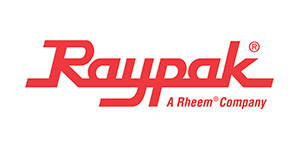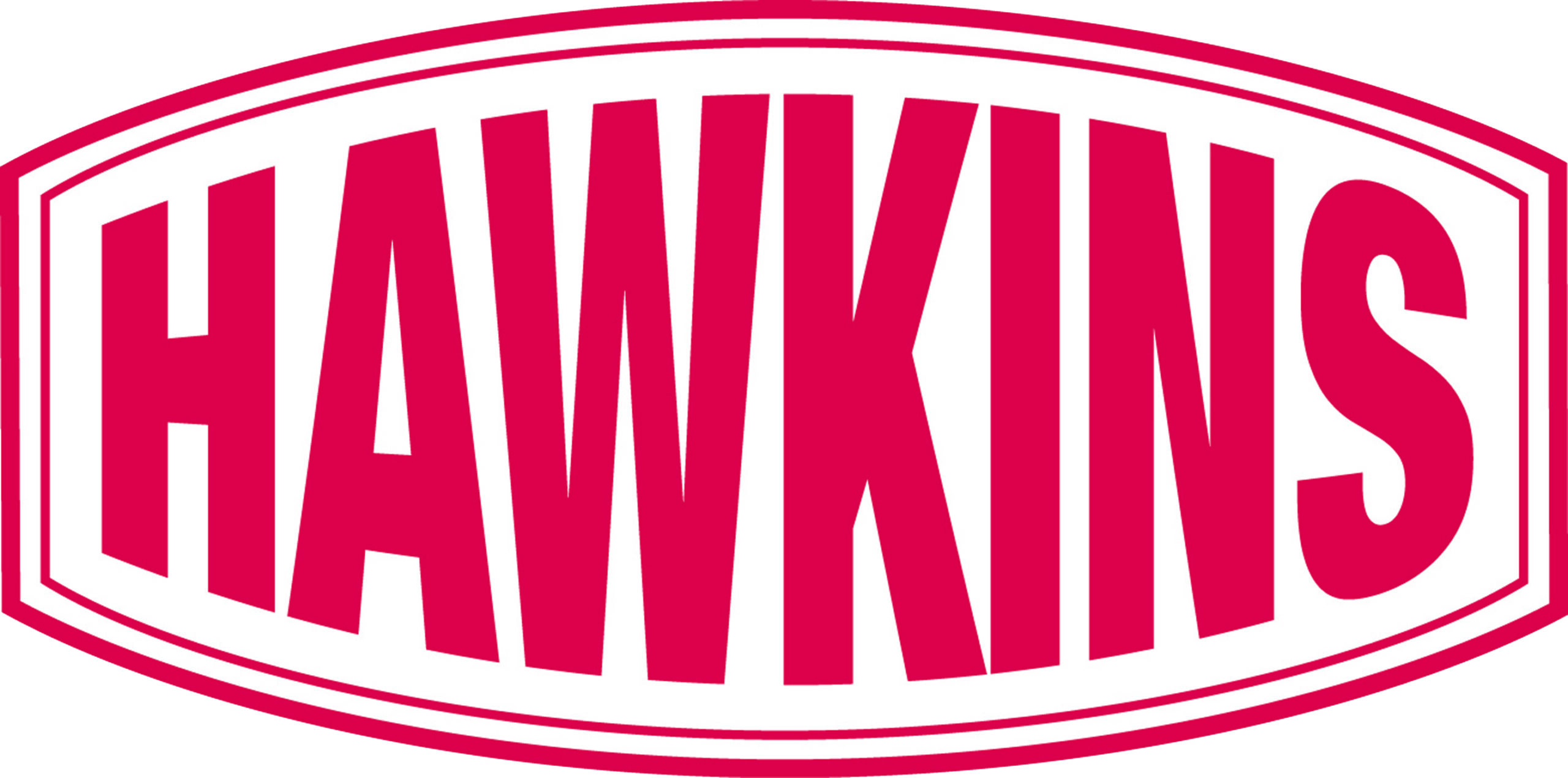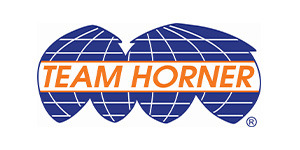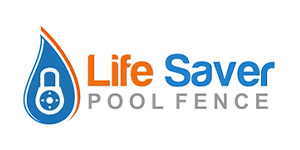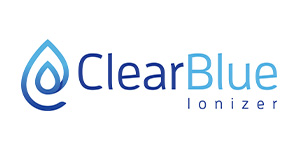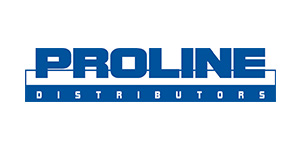By David Griffiths, Insurance By Ken Brown / dgriffiths@insbykenbrown.com
Are you getting the most out of your Telematics/GPS system? Are you using it as a real management tool? A typical GPS system has the ability to track a significant amount of information which can be used to monitor and manage your drivers. Managing the operations of your vehicles leads to safer drivers and fewer accidents which leads to more affordable insurance premiums.
This outline is designed to be a supplement to an existing fleet safety program (we can help with that, too). The outline can assist you to define the commitment to and effective use of your GPS system.
1. Develop a Telematics (GPS system) Policy
a. Your company should have a clear, consistent and concise message to all employees concerning the implementation of the fleet safety program supported by telematics data. The message is typically sent by the president of the organization to emphasize the importance and commitment to the program.
2. Responsibility, Authority, and Accountability
a. An effective telematics program should designate an individual with the responsibility to implement and monitor the program. The individual should have the authority to take appropriate actions based on the telematics monitoring data and hold individuals accountable for undesirable behaviors.
3. Define Your Overall Objectives
a. Define 3-5 outcomes that you plan to achieve using the telematics data. These are defined future outcomes (based on specific data) that improve the individual and fleet safety performance. These could include, but are not limited to;
i. Outcome – Reduction in vehicle accident frequency
1. Speeding data
2. Avg. speed data
3. Hard braking data
4. Rapid acceleration data
ii. Outcome – Reduction in severity of accidents
1. Speeding data
2. Avg. speed data
3. Seatbelt use data
iii. Outcome – Reduction in non-business related use of vehicles
1. Time of day data
2. Geo fence data
iv. Outcome – Reduction in vehicle wear and tear
1. Speeding data
2. Avg. speed data
3. Hard braking data
4. Rapid acceleration data
5. Idle time data
v. Outcome – Improve individual accountability for driving behaviors
1. All of the above and more
2. Overall driving score
4. Benchmark Data
a. In order to create a benchmark, key data points should be identified and measured for a set period of time to determine how your fleet/individuals are currently performing. To support safety and reduction of losses, the following telematics data could be a part of the benchmarking and goal setting process.
i. Speeding
ii. Hard Braking
iii. Rapid Acceleration
iv. Non-business hour use
v. Geo fences- boundaries
vi. Average performance scores
vii. Idle time
viii. Drivers Score
Next month we will touch on four more parts of an effective GPS system for your company.

